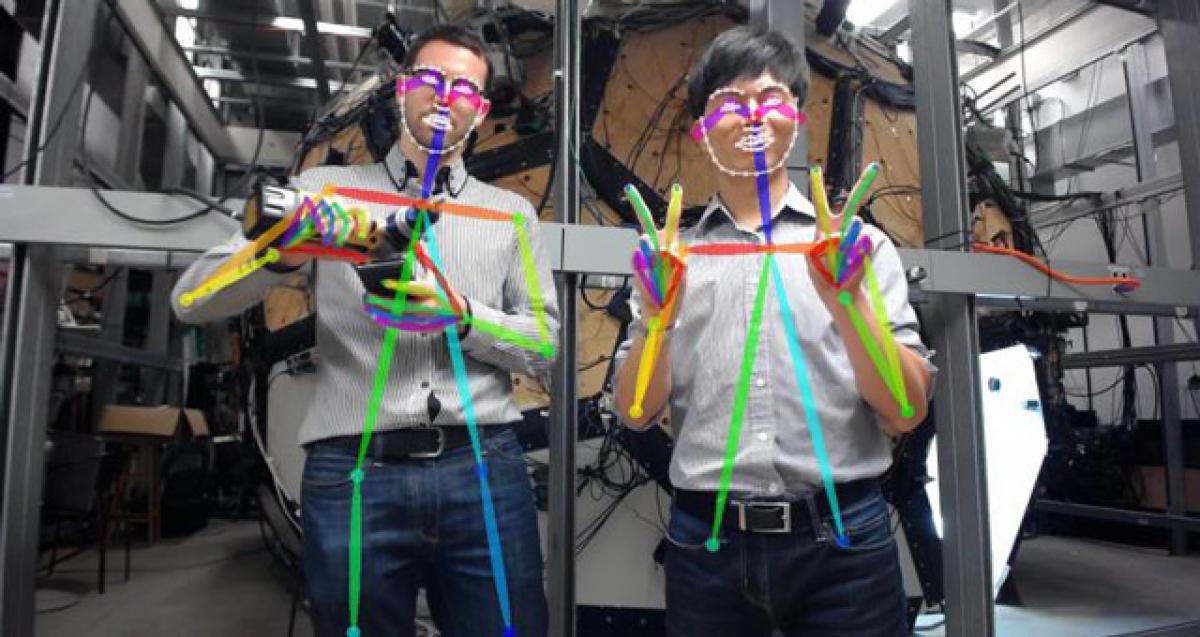Live
- Champions Trophy 2025 likely to move out of Pak due to political unrest, PCB may agree to hybrid model: Sources
- Return to ballot paper voting: Maharashtra Congress to launch mass signature drive
- Rajasthan: Farmers block Jodhpur-Barmer highway demanding Jawai Dam water share
- Decisions on CM & Cabinet to be cordial, swearing-in likely on Nov 30 or Dec 1: Ajit Pawar
- Union Minister Gajendra Shekhawat inaugurates 4-day International Tourism Mart in Assam's Kaziranga
- Why buy personal accident coverage when you have term insurance?
- Term Insurance: A Comprehensive Guide to Affordable Life Coverage
- Tamil Star Couple Suriya and Jyothika Visit Kollur Mookambika Temple
- Mangaluru Resident Falls for APK Scam, Leads to Loss of Lakhs
- 45 punished over China mine gas explosion that killed 11









